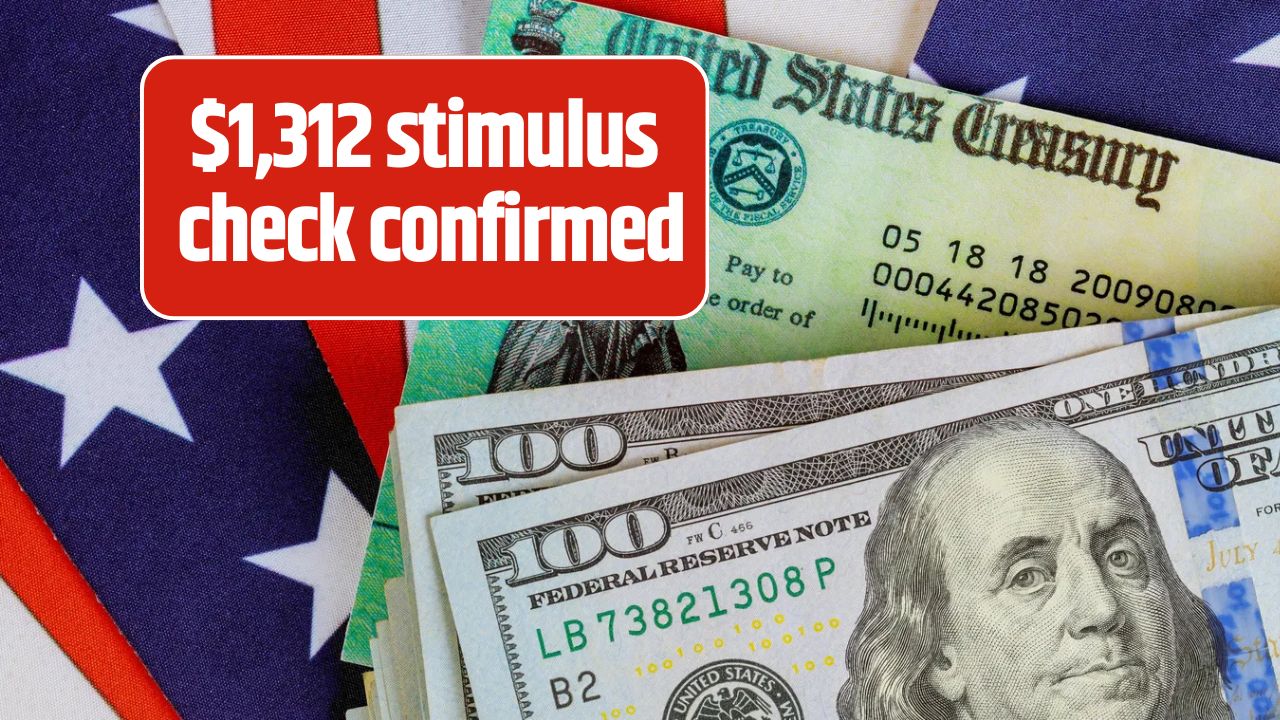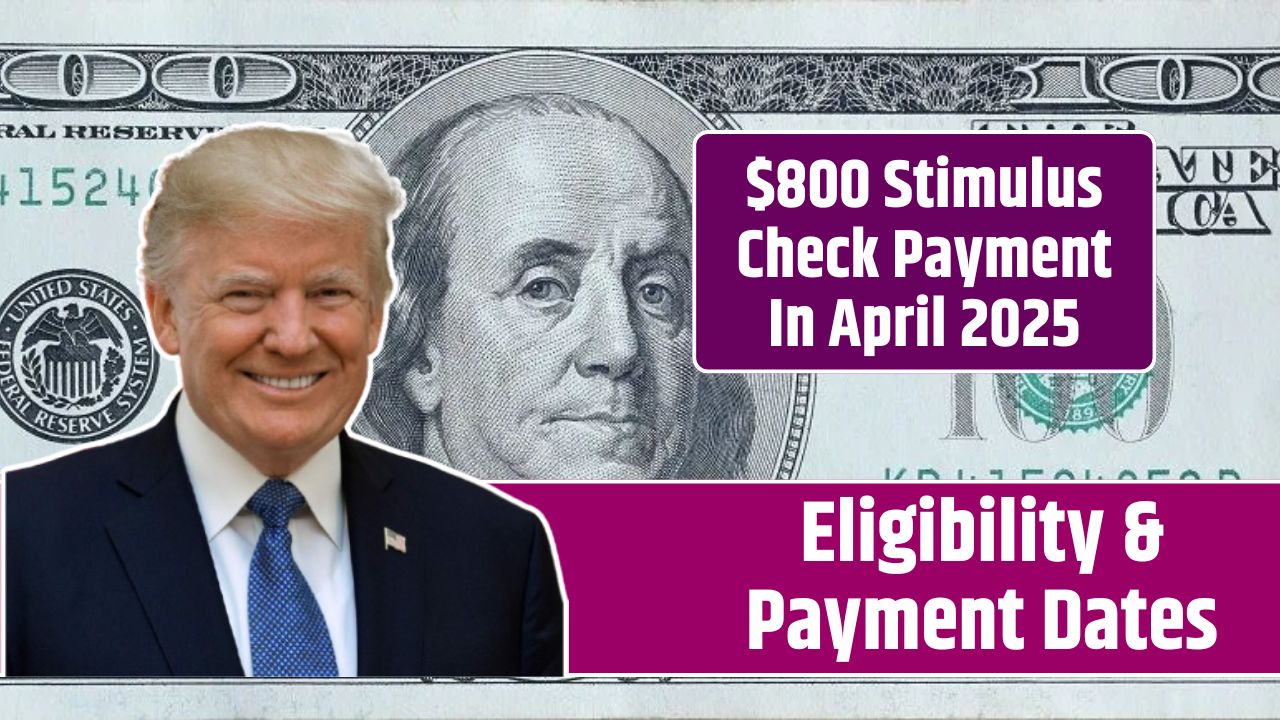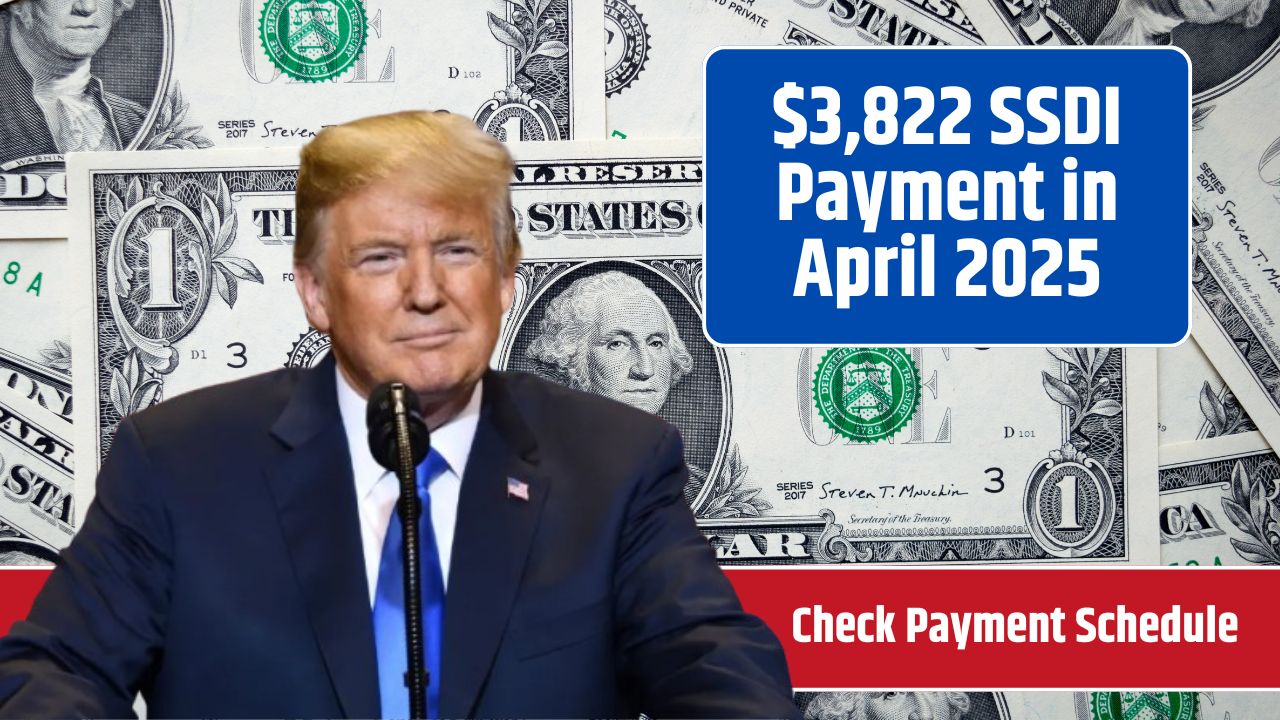Taxes can feel like a maze, especially when new terms get thrown around. One of those head-scratchers is the Additional Medicare Tax, a 0.9% charge that sits on top of the regular 1.45% Medicare tax.
But here’s the good news: not everyone pays it. In fact, it’s aimed at higher-income earners, not the average taxpayer. Let’s break it down and find out if it applies to you in 2025.
Basics
The Additional Medicare Tax came into play back in 2013 as part of the Affordable Care Act (ACA). It’s designed to make wealthier individuals contribute a bit more toward healthcare-related programs, like premium tax credits and Medicare funding.
It only applies to earned income—things like salaries, wages, bonuses, and self-employment income. It does not apply to investment income (though that’s covered under a separate tax).
Thresholds
This tax only kicks in when your income exceeds certain limits, which depend on your filing status. For 2025, the IRS thresholds are:
| Filing Status | Income Threshold |
|---|---|
| Single | $200,000 |
| Married Filing Jointly | $250,000 |
| Married Filing Separately | $125,000 |
So, if you earn under these amounts, you’re safe—you’ll only pay the regular 1.45% Medicare tax.
But once you go over the line, the 0.9% Additional Medicare Tax kicks in on just the amount above the threshold.
Example
Say you’re single and earn $250,000 in 2025:
- You’ll pay 1.45% on the first $200,000 = $2,900
- You’ll pay 2.35% (1.45% + 0.9%) on the next $50,000 = $1,175
- Total Medicare tax = $4,075
If you’re self-employed, it’s a little different. You’re on the hook for both the employee and employer share of Medicare taxes—so the rate becomes 2.9% standard, plus the 0.9% additional for income above the threshold. That’s 3.8% total.
Who Pays?
Here’s who doesn’t have to worry about this extra tax:
- Workers earning under the threshold
- Retirees with no or minimal earned income
- People with only investment income (unless hit by Net Investment Income Tax)
- Folks who manage to lower taxable income using strategies like 401(k) contributions
But nonresident aliens and U.S. citizens abroad? Yep, they still have to follow the same rules—no special tax breaks here.
Employers begin withholding the 0.9% additional amount once your wages hit $200,000, regardless of whether you file jointly or separately. If your spouse also earns, it’s your job to figure it out at tax time if you go over the combined $250,000 joint threshold.
Strategy
Worried about the tax? Here are some ways to reduce the hit:
- Contribute more to tax-deferred retirement accounts
- Review your filing status if married
- Keep track of your self-employment income carefully
- Consider bunching income over two years if you’re close to the threshold
The bottom line: the Additional Medicare Tax is designed to target the top earners, not the average American. Only about 8% of taxpayers are expected to pay it, according to IRS estimates.
So, unless your income is pushing into six-figure territory, you can probably breathe easy.
FAQs
Who has to pay the Additional Medicare Tax?
Only those earning above IRS-set income thresholds.
What is the 2025 tax rate for it?
0.9% on income above the threshold amounts.
Does investment income count?
No, it applies only to earned income like wages.
When do employers start withholding it?
At $200,000 in wages, regardless of filing status.
Can self-employed people be taxed more?
Yes, they pay up to 3.8% on income over the limit.


















